
The Birth of the Jet Age: The world, and WW2's first jet, an impressive disappointment
Eighty-five years ago today, the first prototype turbojet aircraft, the He 178, was test-flown only days before Germany invaded Poland to start World War II.
The plane could fly for only six minutes. Leaders of the German Luftwaffe, who viewed a later test flight, were not impressed, despite the technical breakthrough the He 178 represented.
The Failure of the World's First Jet Aircraft
As a college student, in Germany in the early 1930s, physicist and engineer Hans von Ohain developed an interest in turbojet propulsion. He later said he had no idea other people were also starting work on similar ideas.

British engineer Frank Whittle had patented a design for a turbojet engine in 1930. In 1935, von Ohain patented his own concept and, the next year, approached aircraft designer Ernst Heinkel about funding his research into turbojet engines.
By 1937, von Ohan had built a working prototype engine. Heinkel and his engineers set about building a plane around von Ohain’s turbojet. The project that resulted in the He 178 was kept quiet: Heinkel knew that a jet-powered plane would have serious military applications. And it was clear another war in Europe was in the making.
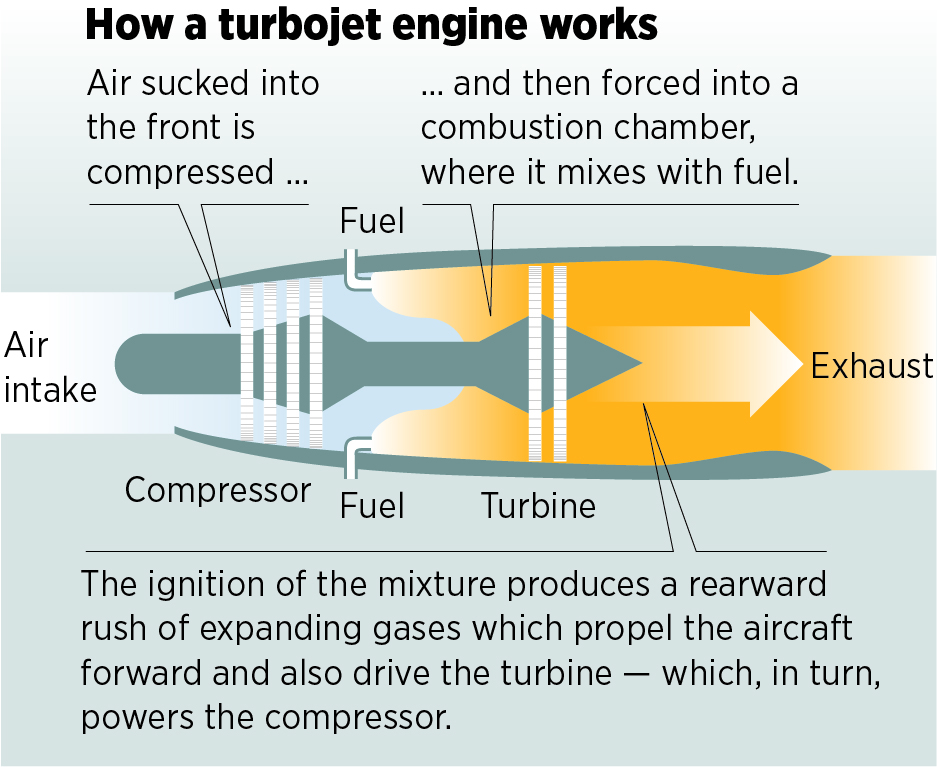
The airframe of the He 178 was all metal, using lightweight but sturdy materials to handle what was hoped would be high speeds of turbojet propulsion. A large air intake was built into the plane’s nose: efficient air intake would be crucial to the operation of the engine.
On Aug. 27, 1939, the He 178 was ready for its first test flight at the Heinkel airfield in Rostock-Marienehe, Germany. Experienced test pilot Erich Warsitz was selected to make the first flight powered by a turbojet engine.
The plane flew smoothly but performed not quite as well as its builders had hoped. It reached a speed of 380 mph, but could hold enough fuel to fly for only 10 minutes.
Two German Luftwaffe officials, who attended a second test on Nov. 1, departed saying they saw no practical use for the He 178. Furthermore, they pointed out Heinkel’s manufacturing firm was behind on building the planes he had been hired to build.
Disappointed but still convinced about the future of jet propulsion, Heinkel launched development of a twin-engine fighter jet. That plane, the He 280, would introduce even more new features, like mounting engines on the wings of the plane, as opposed to inside the fuselage. The Luftwaffe, however, would select a design by a rival manufacturer instead.
Messerschmitt Me 262
A team at another German aircraft maker, Messerschmitt, was busy at work on their own jet aircraft. Luftwaffe officials demanded a plane capable of flying 530 mph for an hour, but, late in development, changed the jet’s role from a fighter to a ground attack plane and bomber.
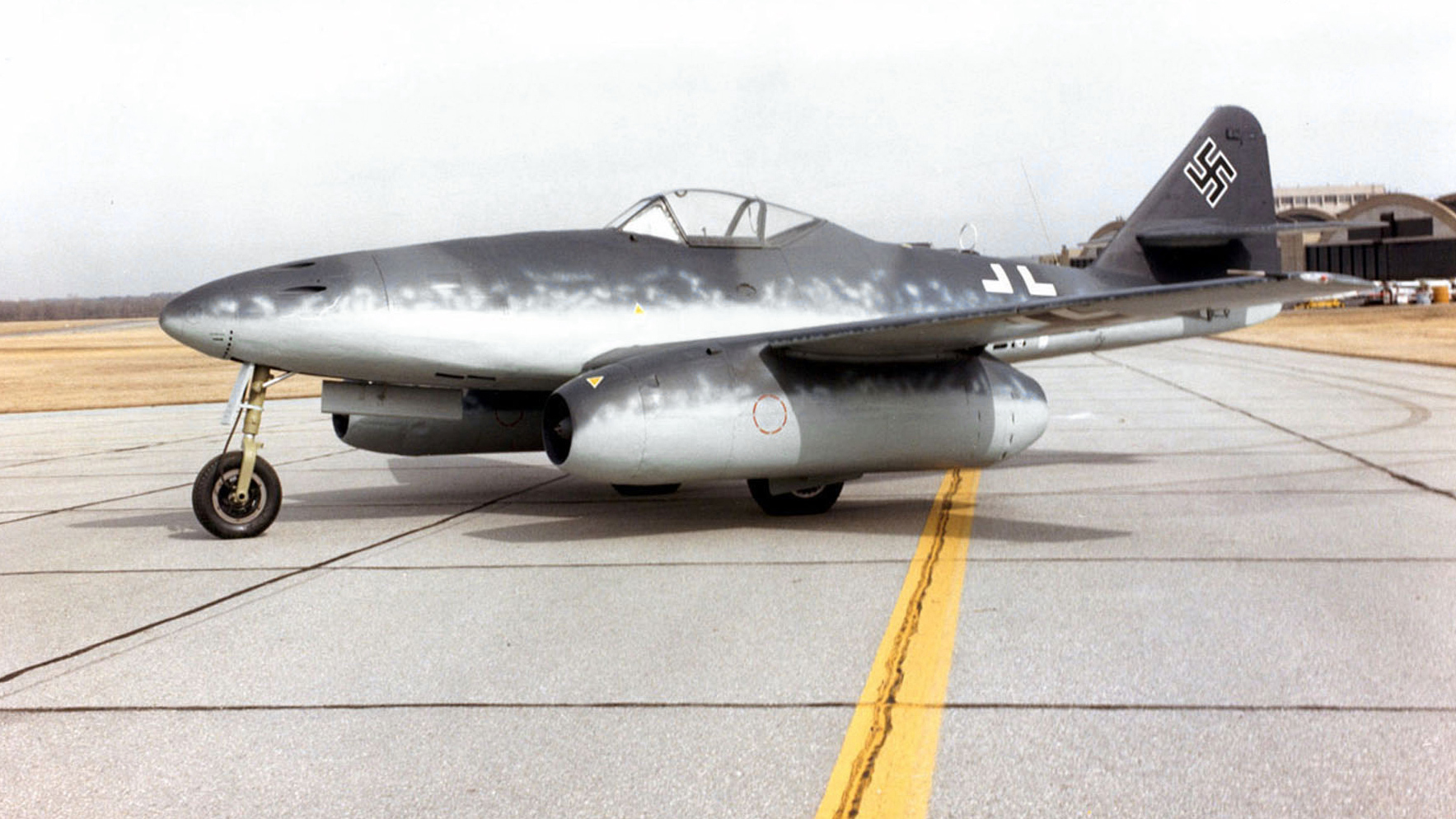
Source: U.S. AIr Force Museum
Gloster Meteor
Engineer Frank Whittle, working independently of Ohain in Great Britain, had come up with a similar engine that Ohain had invented. This led to the Gloster Meteor, first test-flown on May 15, 1941. Because early jet engines were so underpowered, it was decided to fit the Meteor with two engines.
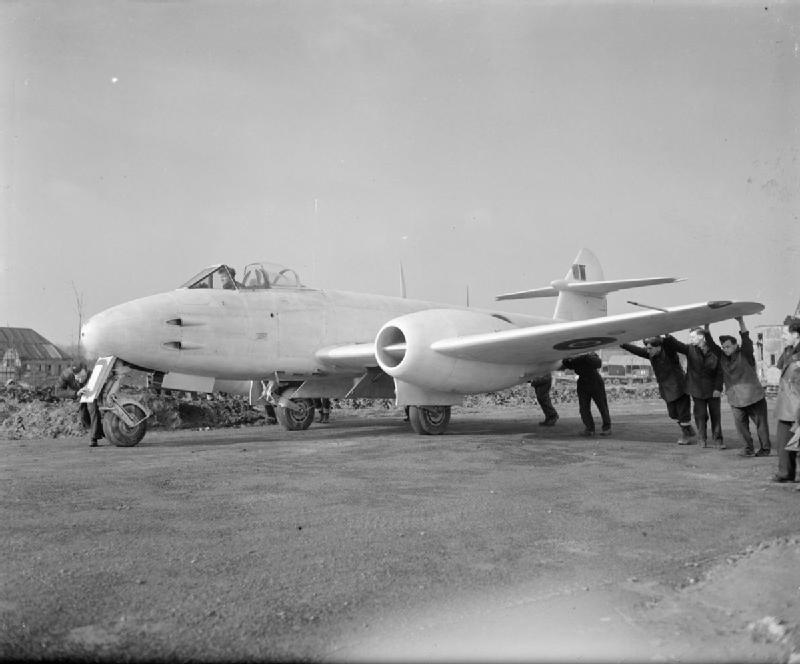
Source: Imperial War Museum
Production of the plane was slowed by the war effort. The plane was put into service in July 1944, intercepting German V-1 flying bombs over England. The Meteor would be used by the Royal Air Force though the mid-1950s and then by other nations well into the 1960s.
Bell XP-59
The U.K. shared the turbojet technology it had used on the engine for the Gloster Meteor with Bell Aircraft of the U.S., which used it to develop the P-59 Airacomet. A prototype was first test-flown on Oct. 12, 1942, and work continued throughout 1943 and 1944.
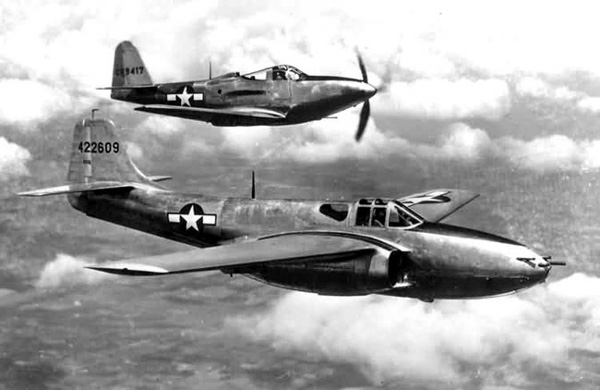
Source: U.S. Air Force
In July 1943, the U.S. Army Air Force placed an order for 100 Bell P-59 jets but that was cut to 50. Bell gave one plane to the Royal Air Force, which found it inferior to their own planes. The P-59 was also found unsuitable for carrier operations by the U.S. Navy.
Lockheed P-80
While Bell found only limited success with the XP-59, rival aircraft manufacturer Lockheed was developing the P-80. A prototype craft was first flown on Jan. 8, 1944. Four prototype planes were sent to Europe for testing but the war ended before the planes saw combat.
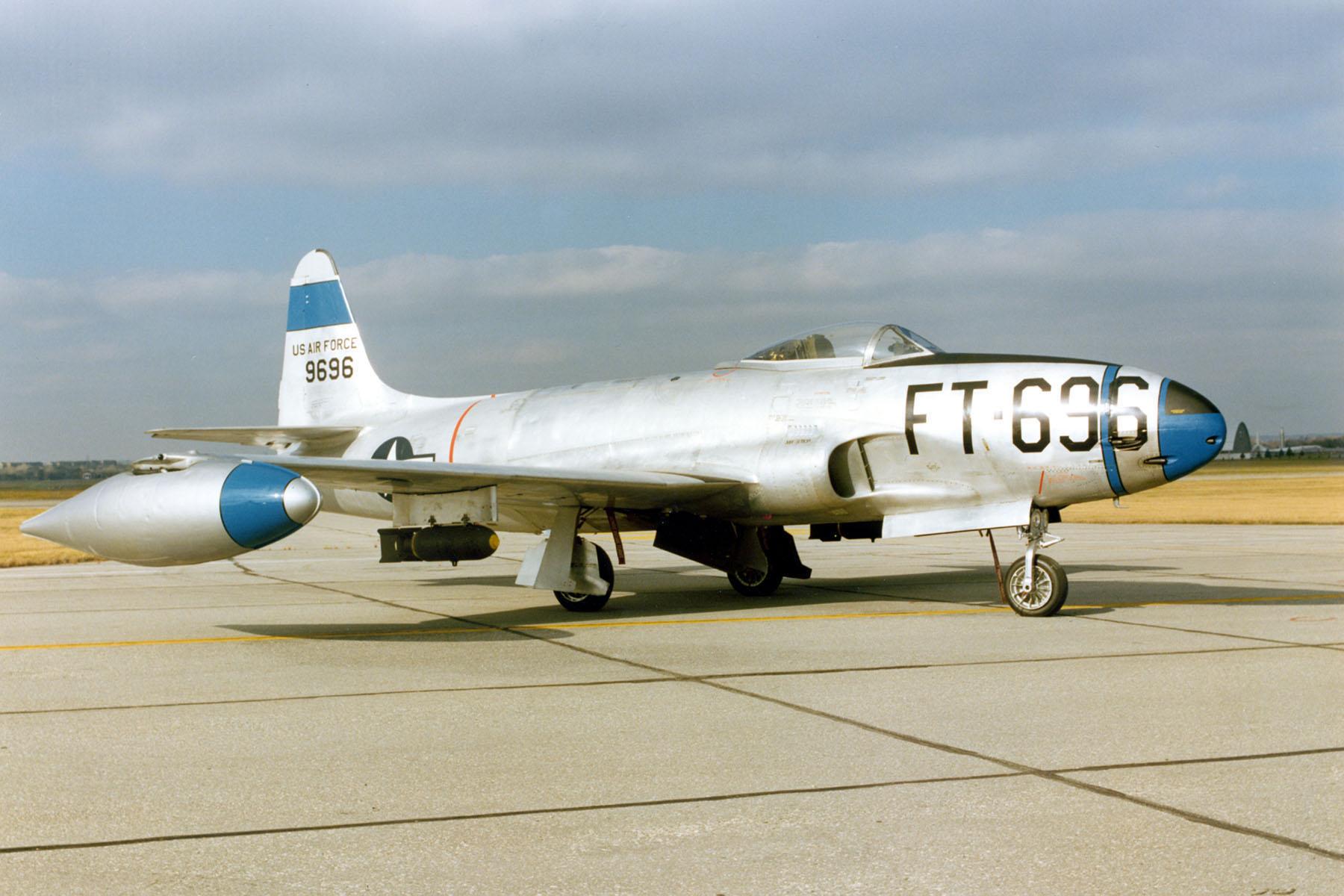
Source: National Museum of the Air Force
Originally designed as a high-altitude interceptor, the P-80 was redesignated as the F-80 when its role was changed to a fighter. The plane was the first U.S. plane to exceed 500 mph in level flight and the first to participate in an all-jet fighter air battle, shooting down a Russian-built MiG-15 in 1950 in Korea.
J-57 Engine
These early jet fighters gulped a lot of fuel, so it was clear more development was needed. After the end of the war, U.S. added lessons learned from examining German made jet engines to develop the J57 Pratt & Whitney engine that used two compressors to increase power and efficiency.
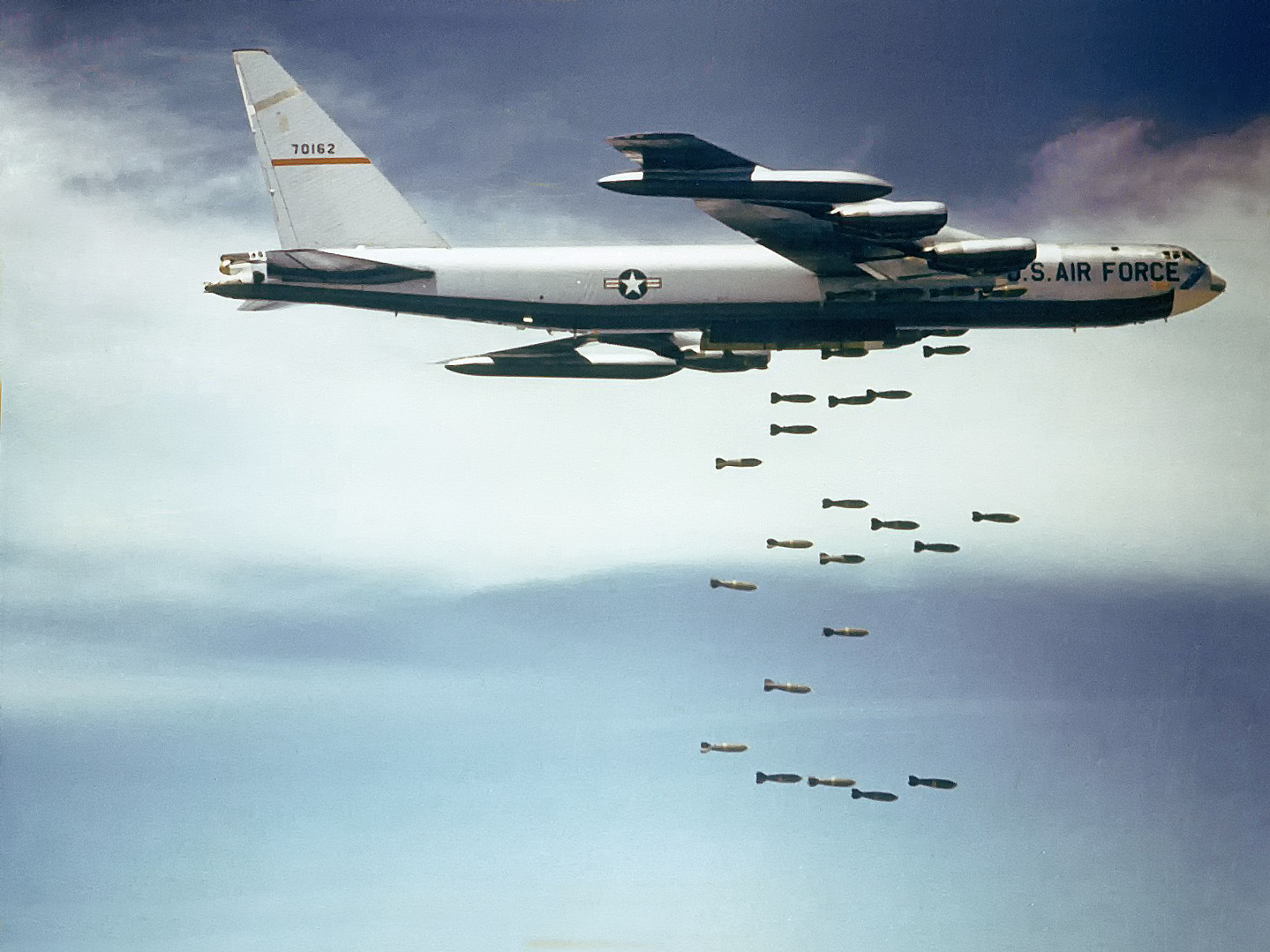
Source: U.S. Air Force
The J57 engine would, in turn, be used in military fighters such as the Douglas A-3 Skywarrior, the McDonnell F-101 Voodoo and the Vought F-8 Crusader, bombers like the Boeing B-52 Stratofortress and in civilian airliners such as the Boeing 707 and the Douglas DC-8.